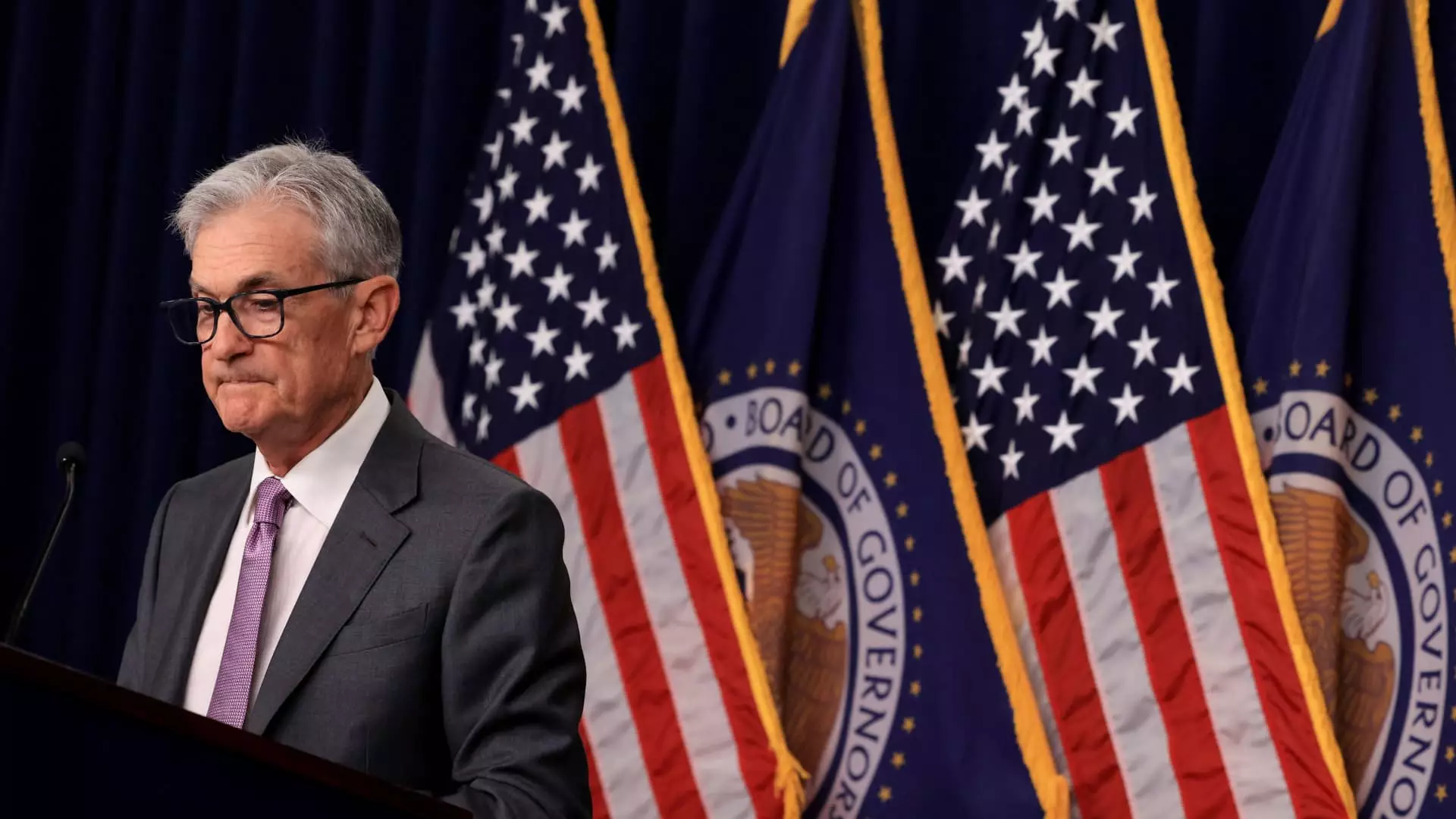As we look ahead to the much-anticipated Federal Reserve Chair Jerome Powell’s policy speech, it is essential to assess the current economic landscape. The market sentiment is strongly in favor of rate cuts starting in September, with potential further cuts into 2025. The focus now is on the magnitude and frequency of these reductions, with Powell expected to provide limited guidance during his speech. However, the real question remains: how will the data influence the Fed’s decisions moving forward?
The overwhelming consensus is that the Fed will commence its rate-cutting cycle in September. This sentiment was reinforced by the minutes from the July session, which revealed strong support for a rate cut among committee members. Moreover, key figures, such as Philadelphia Fed President Patrick Harker, have underscored the importance of initiating this process in the upcoming meeting.
While the market is largely betting on a quarter-point cut, there remains some speculation about the possibility of a half-point reduction. Such a move would necessitate a significant deterioration in economic indicators, particularly the upcoming nonfarm payrolls report. However, the general consensus leans towards a quarter-point cut, underscoring the delicate balance between economic forecasts and policy decisions.
Historically, Powell has used the Jackson Hole speech to outline key policy initiatives and provide insights into future monetary policies. This time, however, the focus will be on confirming market expectations while addressing concerns about inflation and the labor market. Powell’s tone is expected to lean dovish, emphasizing the need for lower rates given the evolving economic conditions.
The Federal Reserve’s decision to keep rates steady for the past 13 months has been met with market resilience, albeit with some concerns about the labor market and manufacturing sector. Powell is poised to acknowledge these challenges and underscore the progress made in the inflation fight. The path forward involves multiple rate cuts over the next few meetings, followed by further easing in 2024. This gradual approach aims to reduce the fed funds rate by approximately 2 percentage points, setting the stage for Powell’s remarks in Jackson Hole.
The Federal Reserve faces a critical juncture in its monetary policy decisions. Powell’s speech at Jackson Hole will set the tone for future rate cuts and economic projections. The delicate balance between market expectations and economic realities will shape the Fed’s path forward. As investors await Powell’s address, the focus remains on the data-driven approach that will guide the Fed’s decisions in the coming months and years.

Leave a Reply